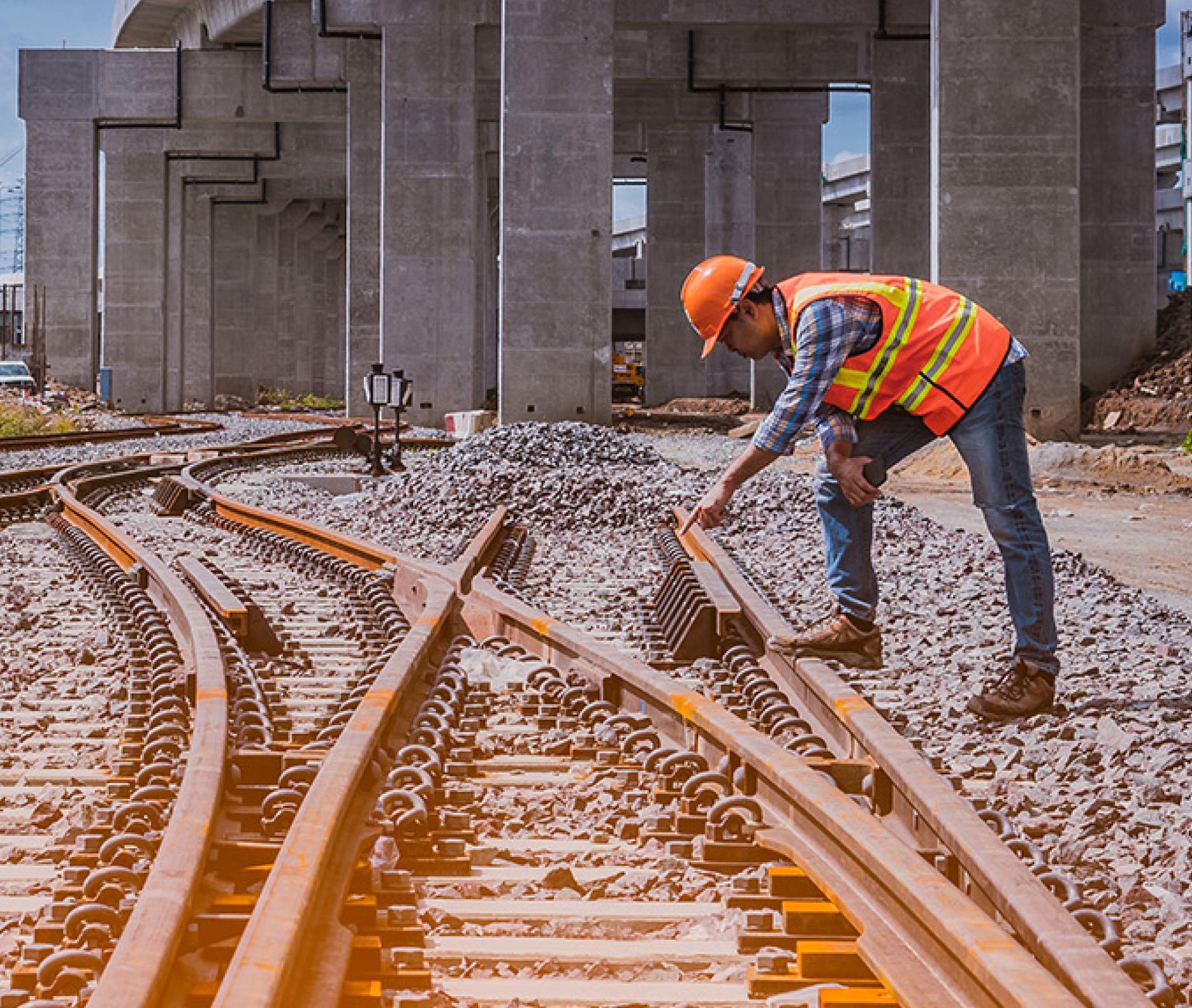
When someone calls us because they were injured while working for the railroad, they often want to know right from the outset the value of their case under the Federal Employers’ Liability Act (FELA). Unfortunately, it is not usually possible to evaluate the potential value of a potential case that early in the process. Even more often, it is a very bad idea to try to assign a value to a case before it is ripe. Different people respond differently to medical treatment, rendering the ultimate damages different for each person.
Ability to Return to Work
Whether a person is going to have a good recovery, or a bad recovery is unknown at the time of the injury. An injured worker may return to work, only to be forced to go off of work again, after the job duties cause further injury, working outside in the cold causes more pain than expected, or a surgical repair unexpectedly fails.
Take, for example, two workers who each have a rotator cuff tear from bracing in the locomotive cab when the locomotive hit a stationary object on the tracks. Both have the same surgical repair. The surgical repair can fail up to 90% of the time, depending on the size of the initial tear – through no fault of the worker or the surgeon. If one worker has a good result, and can return to work, the worker will not have suffered the damage of as much lost wages and the additional pain and suffering. (As a side note – nobody ever wants a bad result to have a better FELA claim. No matter how much a great railroad lawyer is able to recover for his client, no client that we’ve ever met would ever want to trade their prior healthy body for the monetary recovery).
Non-Work Obligations
Every family is different. One railroad worker may have a second job, and they’ve lost that additional income. A different worker may have a spouse who has a disability, and that worker has always done all of the home tasks in addition to their work. An older worker may have adopted a grandchild, meaning they were planning to work longer than their co-worker who planned to take a 30/60 retirement. All of these factors can impact the ultimate jury verdict or settlement value of a claim.
Pain and Suffering
Similar to the topic addressed above about different medical outcomes for different people, people experience pain differently. Importantly, some clients are open with their doctors about their pain, the levels of pain and the activities that may trigger pain. A client who has medical records documenting their pain throughout their recovery will have a different recovery from a stoic client who tells their doctor that they are fine, no matter how they actually feel.
Liability
The FELA provides recovery for railroad workers injured due to the railroad’s negligence. Sometimes, a worker might also have been negligent in the lead-up to an injury. A worker who is also negligent may recover less than a worker who had no negligence in their injury. At an initial consultation, it may not be apparent whether the worker was negligent, whether that negligence actually played a part in the cause of the worker’s injury, or the comparative balance of negligence between various factors. This might not be clear until after paper discovery or depositions have been completed.
If you were injured working for the railroad, contact us today to discuss your specific case.





